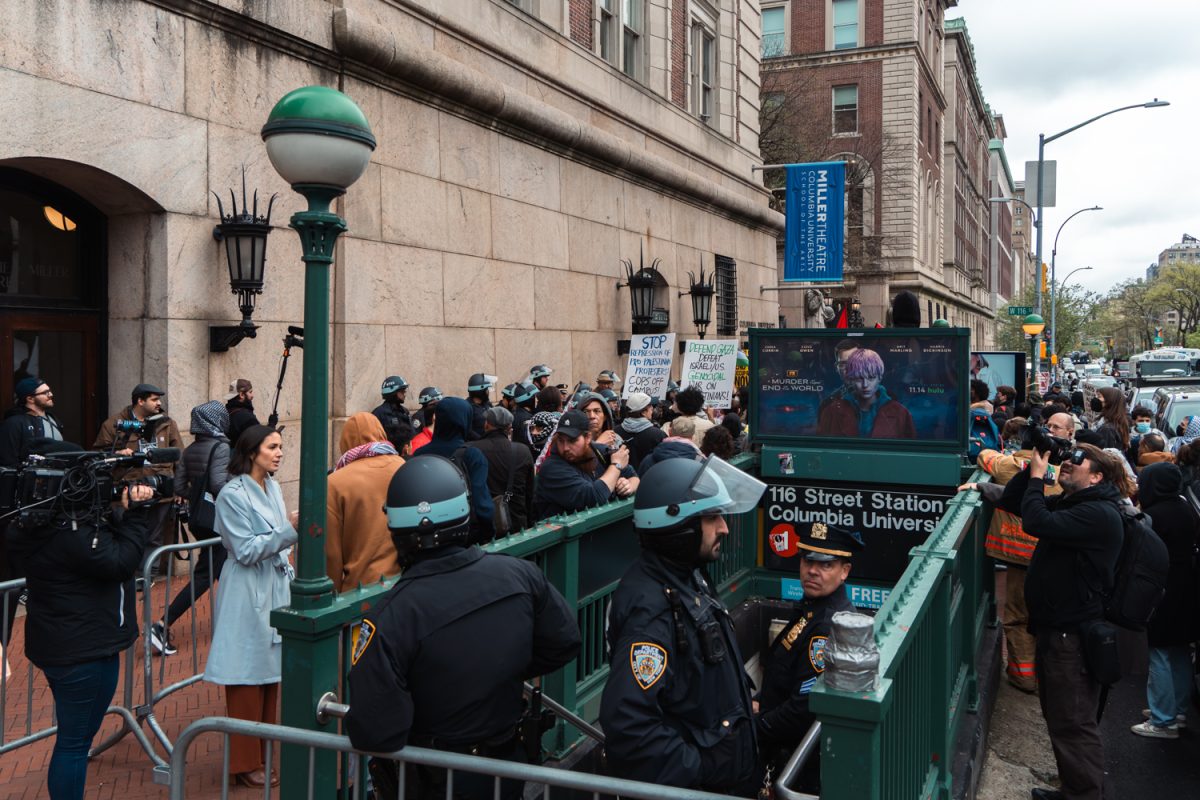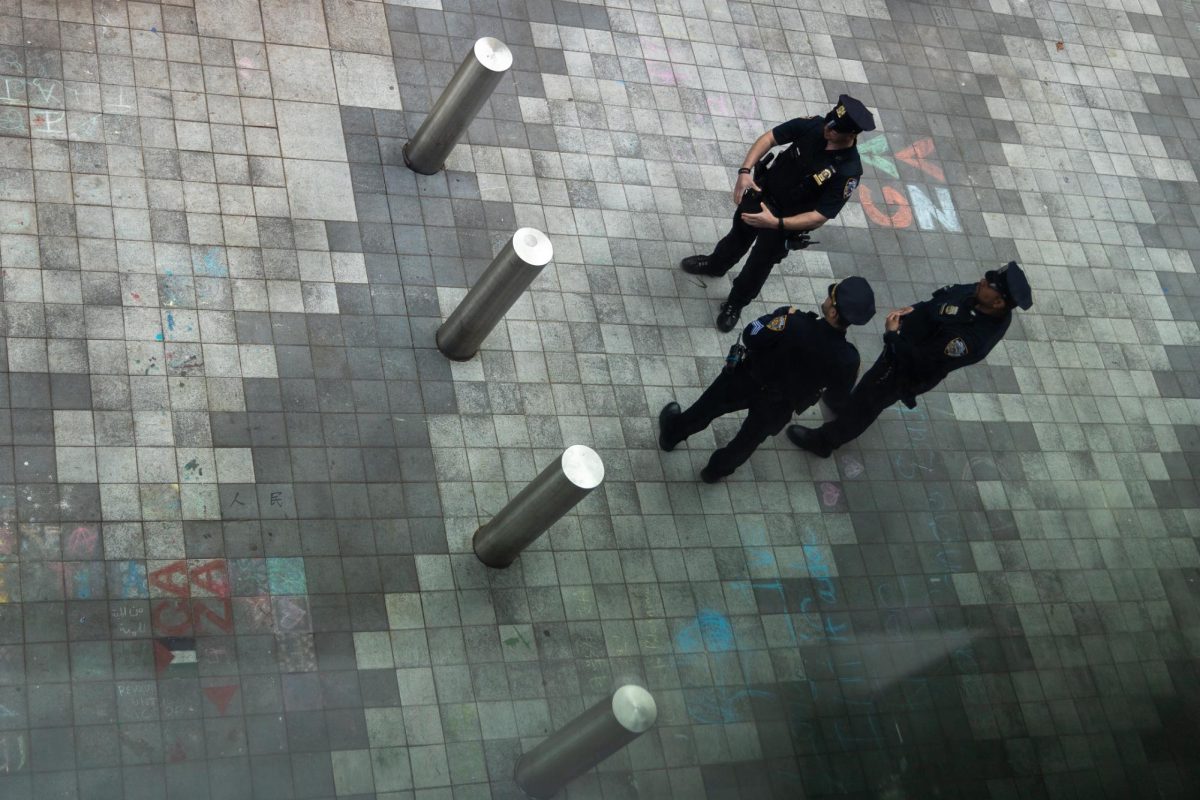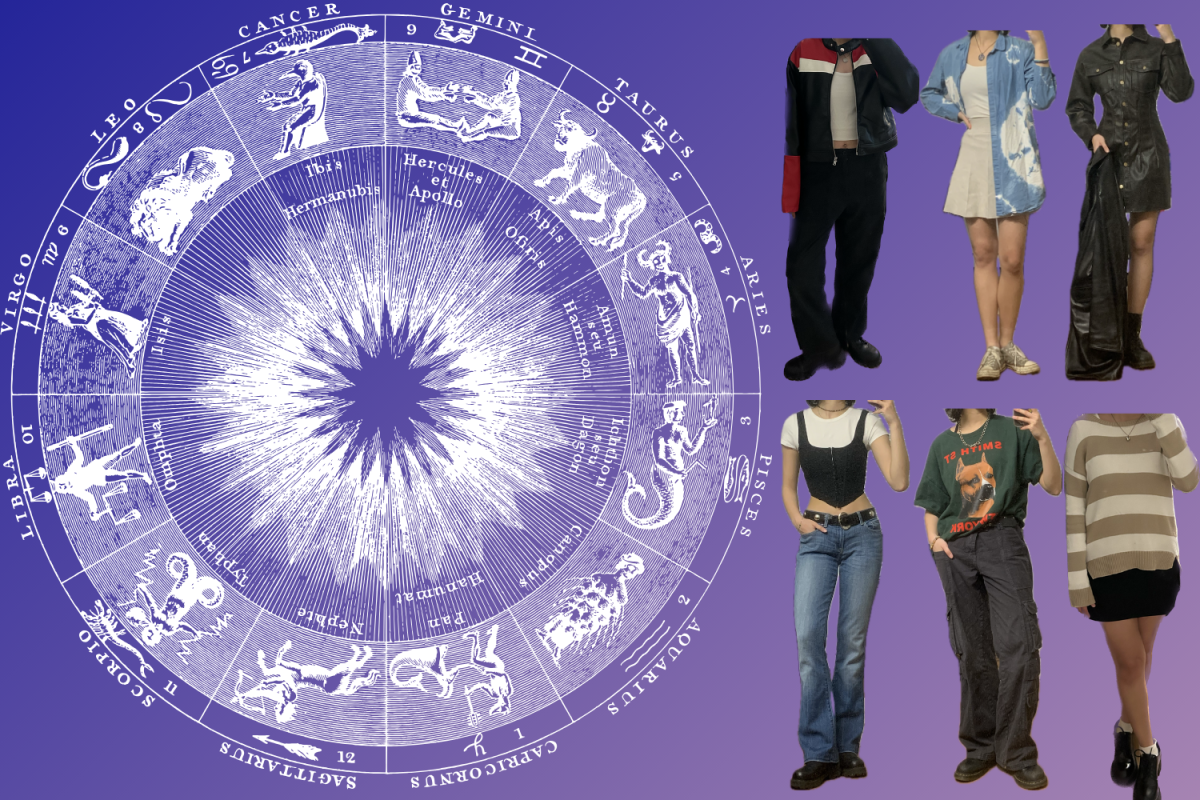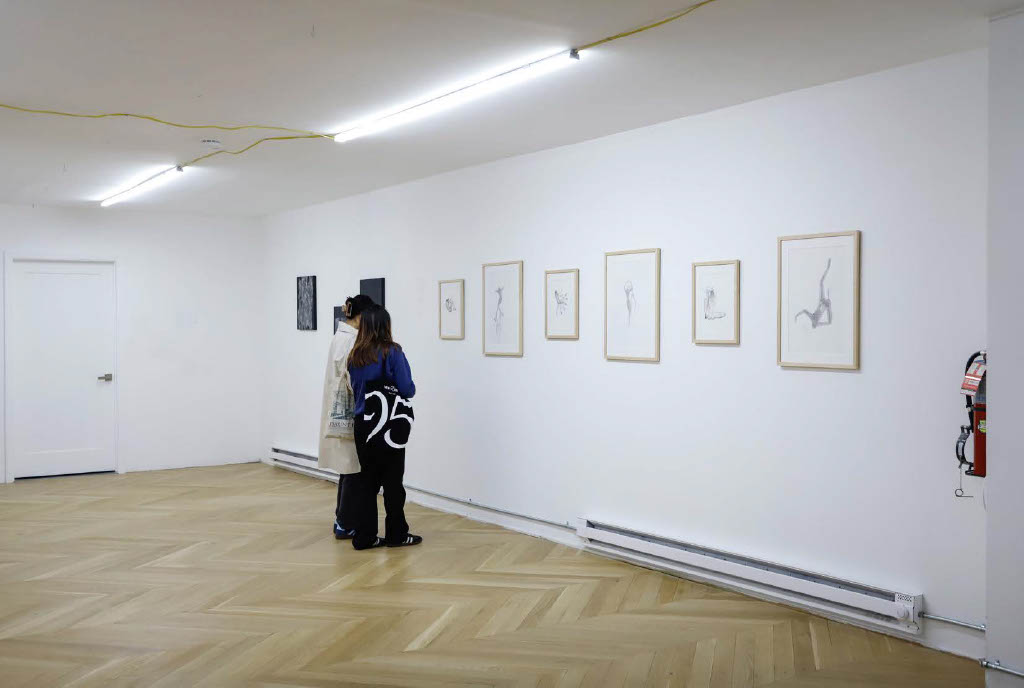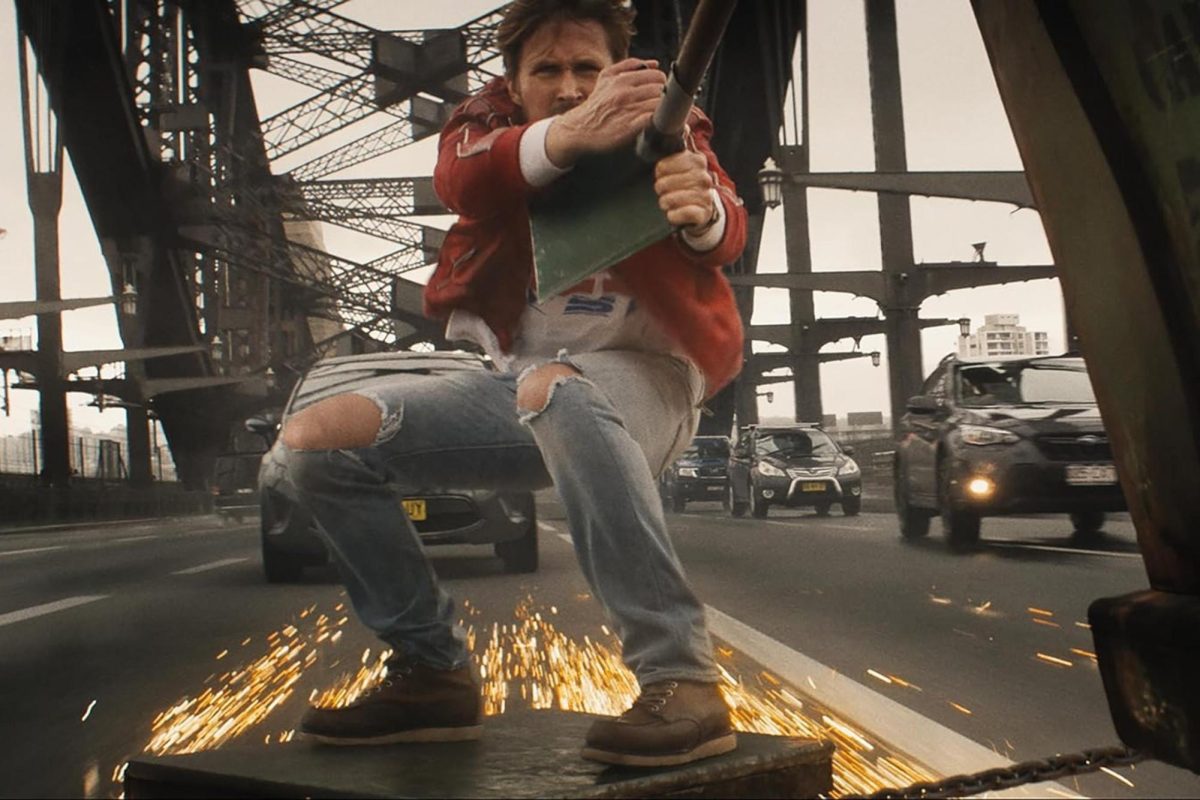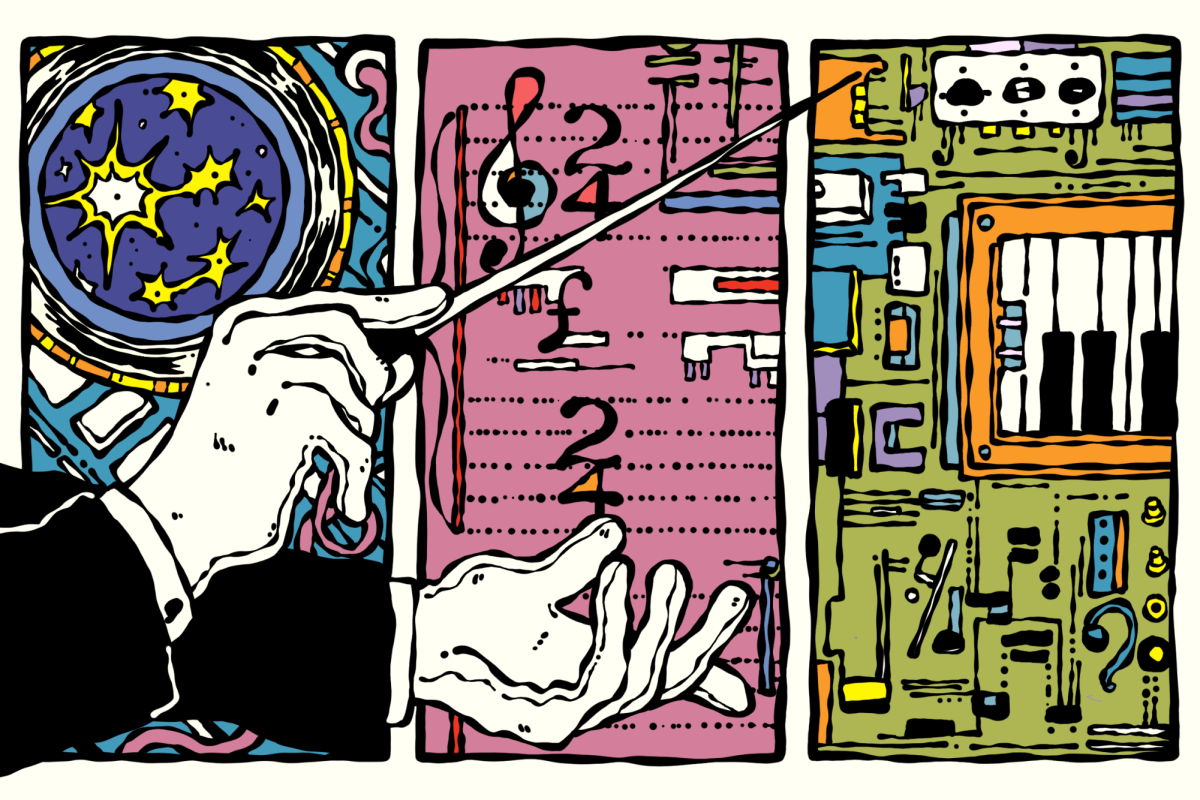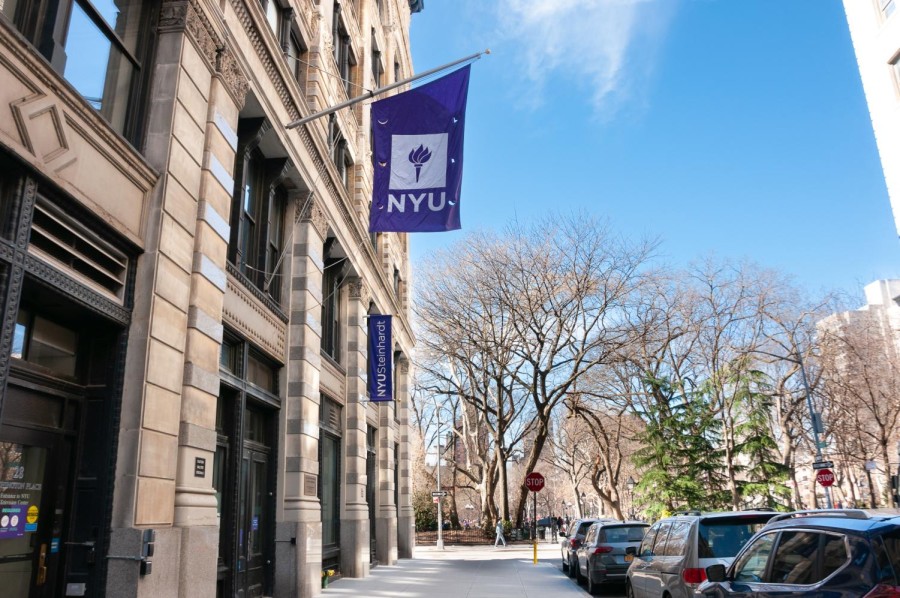Jacques Tati, the French filmmaker behind visually dazzling comedies like 1958’s “Mon Oncle” and the 1967 “PlayTime,” began his career in entertainment as a mime, performing pantomimes in music halls and theaters across Europe. When Tati stepped behind the camera, he translated his playfulness and visual comedy onto his on-screen avatar, Monsieur Hulot — a wordless, lovable fool who seems befuddled by the progression of the world around him. Hulot is an avatar of perpetual exasperation, a characteristic which gives 1971’s “Trafic” enduring resonance in our age of tiring high-tech advancements.
“Trafic” marked Tati’s final onscreen performance as Hulot, in which we find him working as a designer for the fictional automobile company Altra. In “Trafic,” we first see Hulot and his fellow automakers preparing for a major car show, which is introduced through vast, open spaces of the convention center being broken down into different pieces for each car company. Much of the movie takes place as Hulot — along with a publicity agent named Maria (Maria Kimberly) and a truck driver (Marcel Fraval) — ventures onto Europe’s highways to travel from Paris to Amsterdam for the show.
Like in most Tati projects, Hulot and the gang experience various hijinks, ranging from a foot chase that ends in a gas station to even a temporary arrest. The latter takes place after Hulot blows through a checkpoint, forcing his crew to stop by the police station. It’s here that Tati first shares Altra’s new invention, a camping tent-motor vehicle hybrid designed by Hulot. Mirroring the silliness of innovation for the sake of innovation, the vehicle is complete with a tiny kitchen, seats that unfold from the bumpers and a stove hidden underneath the headlights. The absurdity of Tati’s invention serves as a chief example of dissatisfaction with the progression of modern industry.
“This is just a camping car,” Maria yells, trying desperately to get back towards the convention. But the comedic highlights of their pitstop are simpler than the car’s unnecessary features, like Hulot’s befuddled expressions while getting lost in the police precinct or the policemen swarming the camping car while disregarding their work. Tati’s performance is both sympathetic and slapstick, an impressive tightrope where he acts as a foil to his surroundings.
Following a car crash sequence wherein Tati’s direction expertly stages cars as if they’re on a merry-go-round, “Trafic” settles into a wistful, amiable second half. Arriving in a quiet village, the trio tries to get their vehicle repaired by an idiosyncratic technician with a vicious dog. The town offers a distinct respite from the hustle and bustle of the road movie structure, underlining Hulot’s exhaustion with the advancement of modern life. While Tati’s films have always been tiringly full of details, “Trafic” centers those gags and bits in simple, human tenderness, leaving us with his most subtly joyful film.
Contact Ethan Beck at [email protected].







